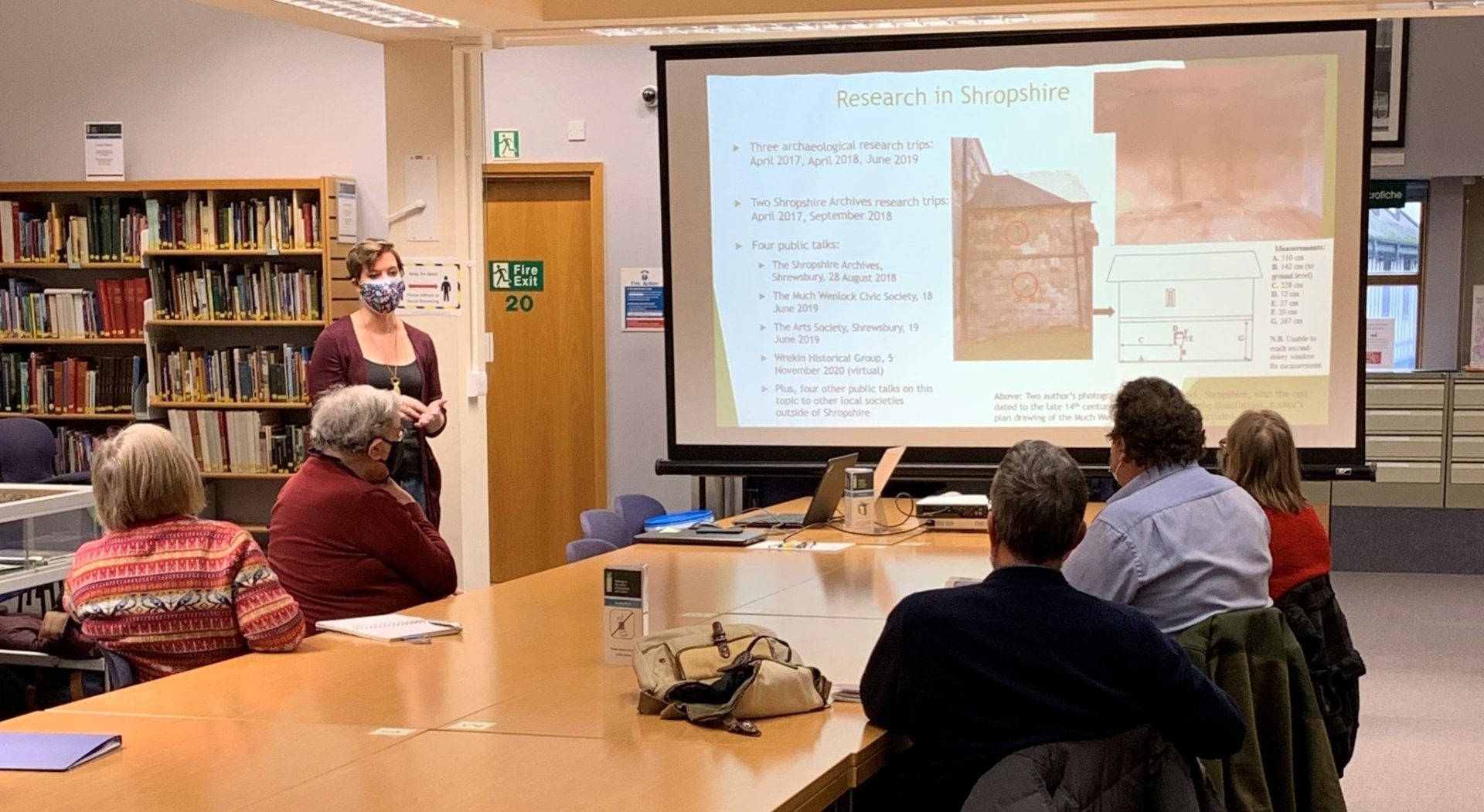Focus on a LAHRI Postdoctoral Researcher - Victoria Yuskaitis

This month's blog comes from Dr. Victoria Yuskaitis. Victoria has been a LAHRI Postdoctoral Fellow since January 2021, and is a medievalist with an interest in exploring the impact that research can have on the way communities interact with and view their own local histories.
I’m really enjoying my time as an LAHRI Postdoctoral Fellow, and this position has provided key support for me to continue publishing post-PhD. I am currently working full-time as an Academic Skills Officer in the Learn with US Transition Programme team at the University of Southampton, and so this community of peers also working through how to define their post-PhD life and work has been incredibly helpful, especially during the challenges of the pandemic.
I’ve published in various places since I’ve been at the LAHRI, including a book review, articles in academic journals, and an article in an edited collection,
- ‘The Archaeological Context of an Anchorite Cell at Ruyton, Shropshire’, Early Middle English, 3.1 (2021), pp. 131–36. This also appears in: The Materiality of Middle English Anchoritic Devotion, ed. by Michelle M. Sauer and Jenny C. Bledsoe (York: Arc Humanities Press, 2021).
- ‘Brothers Minor: Lancashire’s Lost Franciscans Investigations at Preston Friary, 1991 and 2007’, Northern History, 58.2 (2021), pp. 309–10
- Victoria Yuskaitis, ‘Performative Anchorite Grave at St. Anne’s, Lewes, Sussex’, Sussex Archaeological Collections, 158 (2020), pp. 233-36
Meanwhile, I’ve also been working on two other full-length pieces, one about leper squints for an edited collection that will be part of Boydell and Brewer’s Writing History in the Middle Ages series, and another about Shropshire anchorites for the British Archaeological Association (BAA) Conference Transactions. I am also presenting at the International Medieval Congress in Leeds in July 2022, speaking on a BAA panel about leper squints. Both articles have been peer reviewed and the edits are submitted—just waiting on the final proofs now.
LAHRI also provided funding for me to return to Shropshire for a research and public engagement trip. I am working on an article for Church Archaeology about the parish church anchorite cell at Much Wenlock, and I was able to network with local historians to facilitate this. I also delivered a workshop about how to use archival material at the Shropshire Archives while I was in the area, which was successful despite Storm Arwen’s best efforts to keep myself and participants away.
Being an LAHRI scholar has been a fantastic experience—regular meetings keep me focused on my academic goals, and having the support of peers and faculty helps me tackle problems as they arise. If you are nearing the end of your PhD, definitely consider applying!
